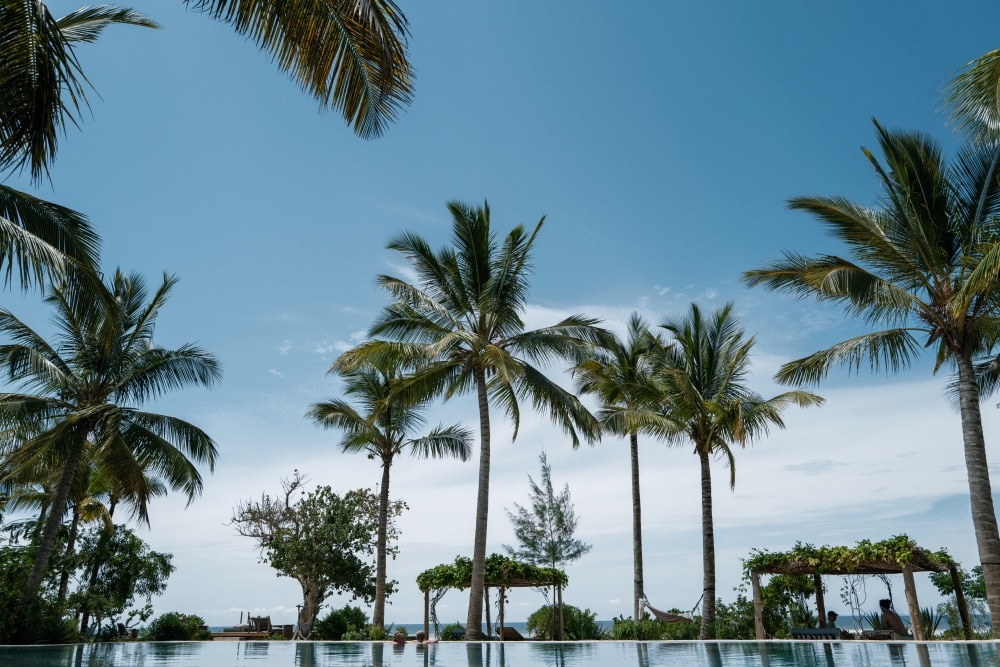Foto de Sharrie Shaw
Hoteles en Surakarta
- No te preocupes si cambias de ideaReserva hoteles con cancelación gratuita.
- Escoge lo que tú quierasBusca entre más de un millón de alojamientos de todo el mundo.
Escoge un alojamiento muy especial de Surakarta
Consulta los precios para estas fechas
Esta noche
Mañana
Este fin de semana
Próximo fin de semana
Hoteles baratos en Surakarta

Alila Solo, Java
Surakarta
9.2 sobre 10, Impresionante, (133)
El precio actual es de 52 €
incluye tasas e impuestos
Del 30 nov al 1 dic

Swiss-Belhotel Solo
Banjarsari
9.2 sobre 10, Impresionante, (38)
El precio actual es de 44 €
incluye tasas e impuestos
Del 30 nov al 1 dic

Lampion Hotel Solo
Surakarta
7.4 sobre 10, Bueno, (6)
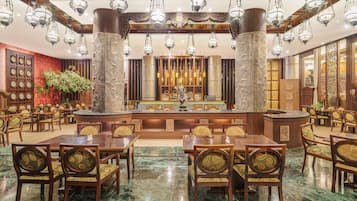
The Royal Surakarta Heritage - Handwritten Collection
Centro de la ciudad de Surakarta
8.4 sobre 10, Muy bueno, (165)
El precio actual es de 37 €
incluye tasas e impuestos
Del 1 dic al 2 dic

Amarelo Hotel
Surakarta
El precio actual es de 18 €
incluye tasas e impuestos
Del 30 nov al 1 dic
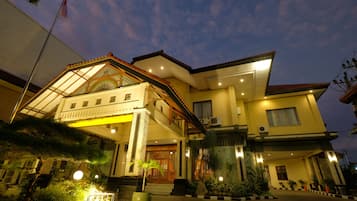
Diamond Hotel Solo
Surakarta
9.0 sobre 10, Impresionante, (2)
El precio actual es de 18 €
incluye tasas e impuestos
Del 5 dic al 6 dic
Precio más bajo por noche encontrado en las últimas 24 horas para una estancia de 1 noche y 2 adultos. Los precios y la disponibilidad están sujetos a cambios. Pueden aplicarse términos y condiciones adicionales.
Grandes ofertas de hotel para un fin de semana en Surakarta
Se muestran ofertas para estas fechas:5 dic - 7 dic
Galería de imágenes de Rumah Batu Boutique Hotel

Rumah Batu Boutique Hotel
Baki
9.0/10Increíble (9 comentarios)
10 % de descuento
El precio es de 63 €
por 2 noches y 1 habitación
31 € por noche
incluye tasas e impuestos
Inicia sesión y ahorra una media de un 15 % en miles de hoteles
Dónde alojarte en Surakarta
Descubre las mejores zonas y barrios de Surakarta según las actividades que más te interesen. Obtener más información sobre Surakarta
Obtener más información sobre Surakarta
Centro de la ciudad de Surakarta
Los museos y los zoológicos de Centro de la ciudad de Surakarta te encantarán. Cuando estés por allí, aprovecha para pasarte por Solo Paragon Lifestyle Mall (centro comercial) o Parque Keprabon.
Banjarsari
Cuando estés en Banjarsari, aprovecha para ver algunos de sus principales atractivos, como Solo Paragon Lifestyle Mall (centro comercial) y Parque Balekambang.
Alójate cerca de las atracciones populares de Surakarta
Surakarta y destinos relacionados
Mejores comentarios sobre hoteles en Surakarta
Estancias baratas en Surakarta

Dparagon Kerten
Jl. Siwalan Surakarta Jawa Tengah
Preguntas frecuentes
Te acercamos a un mundo de viajes
Zonas de Surakarta
Hoteles cerca de Surakarta, Java Central
- Hoteles de Java
- Hoteles de Prambanan
- Hoteles de Salatiga
- Hoteles de Pakem
- Hoteles de Baki
- Hoteles de Tawangmangu
- Hoteles de Klaten
- Hoteles de Colomadu
- Hoteles de Grogol
- Hoteles de Wonogiri
- Hoteles de Cangkringan
- Hoteles de Laweyan
- Hoteles de Boyolali
- Hoteles de Selo
- Hoteles de Ngemplak
- Hoteles de Sragen
- Hoteles de Ngemplak
- Hoteles de Klaten Selatan
- Hoteles de Manahan
- Hoteles de Kartasura
Más formas de reservar
Últimas tendencias en Expedia
Vuelos
![At the museum no photos are allowed which is really unfortunate as it was well worth the visit and the guided tour is definitely not to be missed. In the museum there are even Batik made from the Dutch era which depicts stories like Little Red Riding Hood and Snow White!
I enjoyed the tour v much and at the end of the tour we were brought to this room where the artisan were working on hand drawn batik.
Below is an excerpt from Wikipedia for anyone interested in learning more about the process of batik making.
Firstly, a cloth is washed, soaked and beaten with a large mallet. Patterns are drawn with pencil and later redrawn using hot wax, usually made from a mixture of paraffin or bees wax, sometimes mixed with plant resins, which functions as a dye-resist. The wax can be applied with a variety of tools. A pen-like instrument called a canting (IPA: [tʃantiŋ], sometimes spelled with old Dutch orthography tjanting) is the most common. A canting is made from a small copper reservoir with a spout on a wooden handle. The reservoir holds the resist which flows through the spout, creating dots and lines as it moves. For larger patterns, a stiff brush may be used. Alternatively, a copper block stamp called a cap (IPA: [tʃap]; old spelling tjap) is used to cover large areas more efficiently.
After the cloth is dry, the resist is removed by scraping or boiling the cloth. The areas treated with resist keep their original color; when the resist is removed the contrast between the dyed and undyed areas forms the pattern. This process is repeated as many times as the number of colors desired.
The most traditional type of batik, called batik tulis (written batik), is drawn using only the canting. The cloth need to be drawn on both sides and dipped in a dye bath three to four times. The whole process may take up to a year; it yields considerably finer patterns than stamped batik.
Source: Wikipedia](https://images.trvl-media.com/place/6224808/26fd1460-c65a-4c1a-9444-7a893e883ac9.jpg?impolicy=fcrop&w=1200&h=500&q=medium)
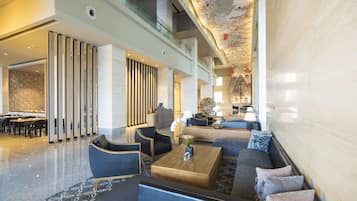
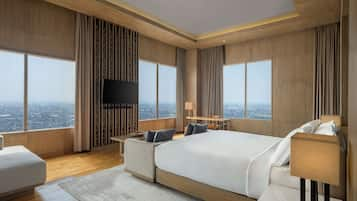
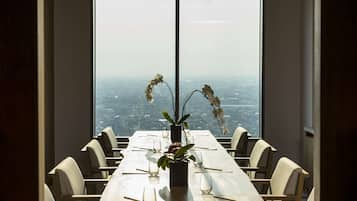

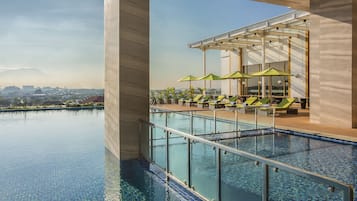



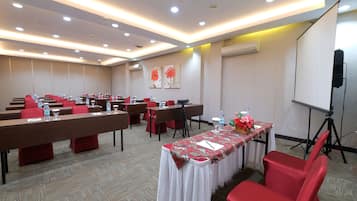
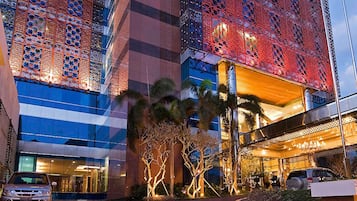
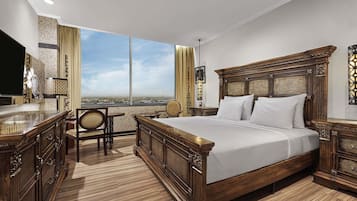
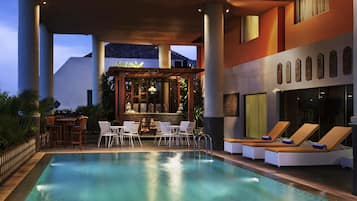
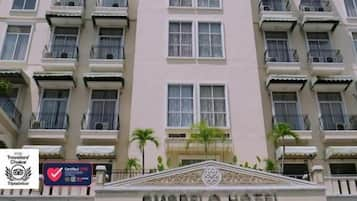

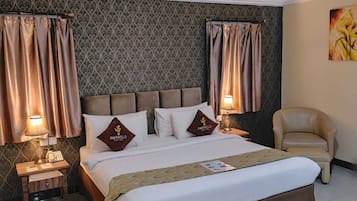
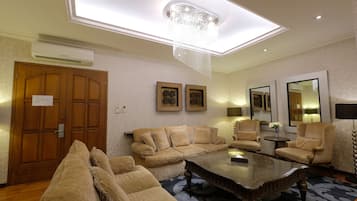

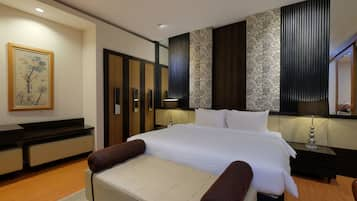
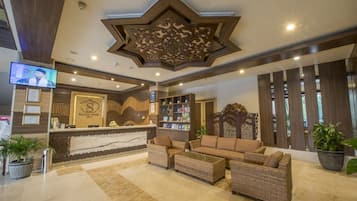




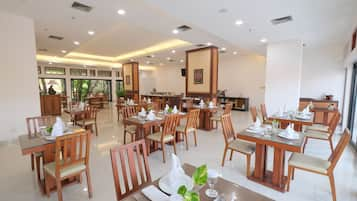




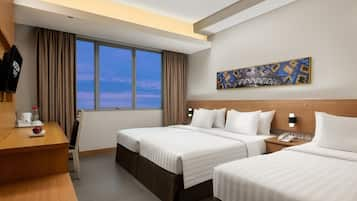




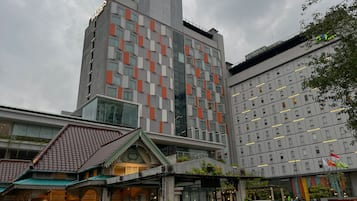
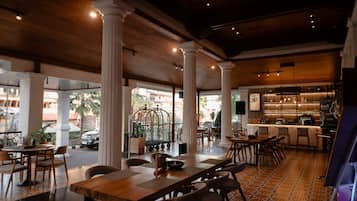

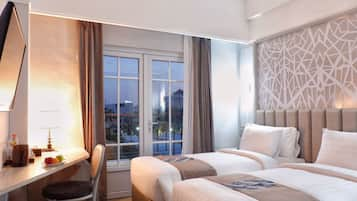


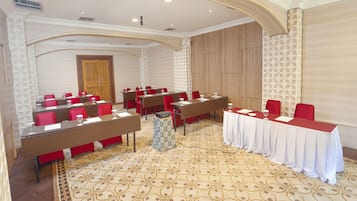


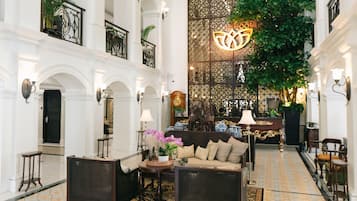

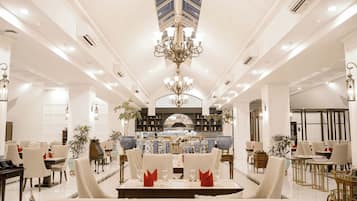

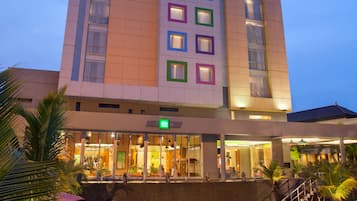
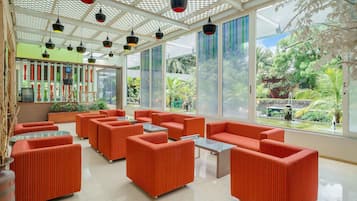




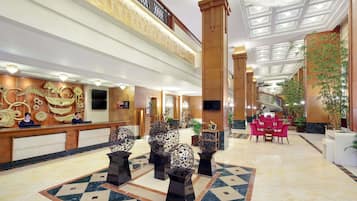
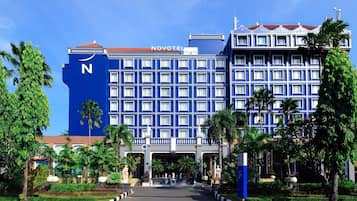
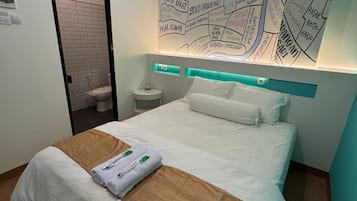
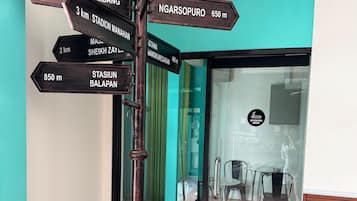
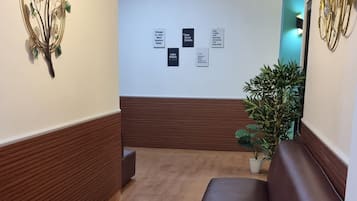

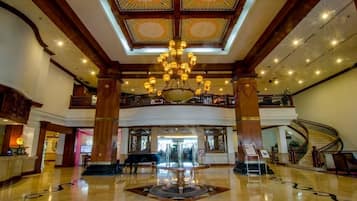


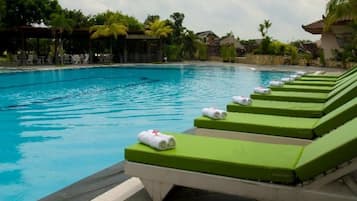
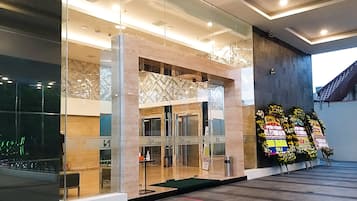


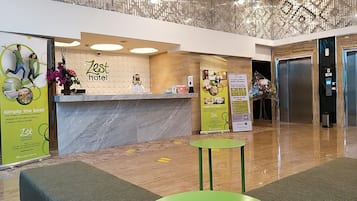
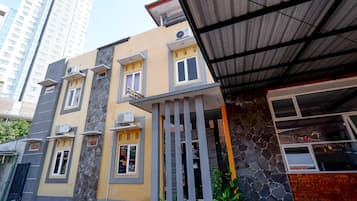
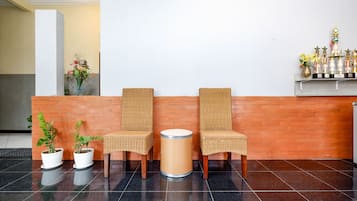

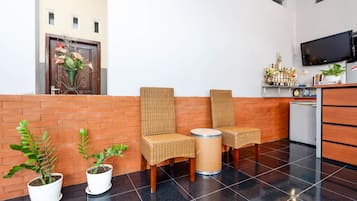
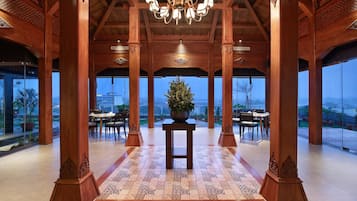
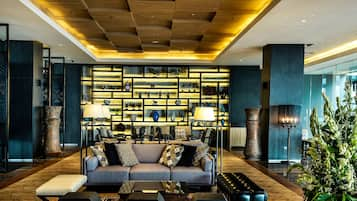




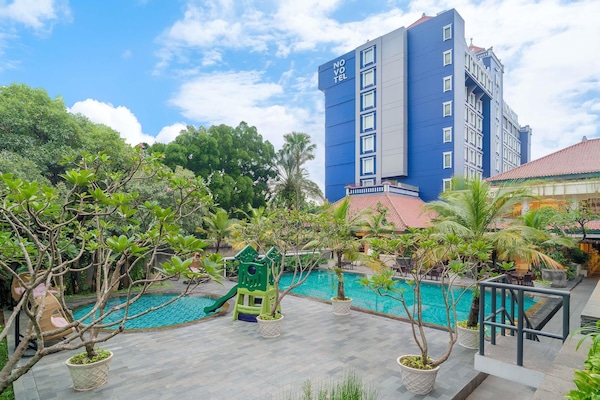




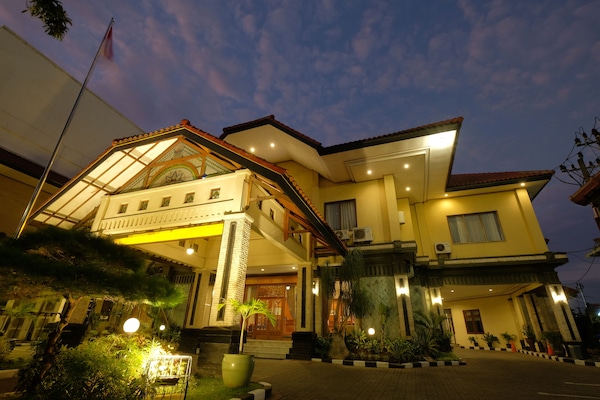




![At the museum no photos are allowed which is really unfortunate as it was well worth the visit and the guided tour is definitely not to be missed. In the museum there are even Batik made from the Dutch era which depicts stories like Little Red Riding Hood and Snow White!
I enjoyed the tour v much and at the end of the tour we were brought to this room where the artisan were working on hand drawn batik.
Below is an excerpt from Wikipedia for anyone interested in learning more about the process of batik making.
Firstly, a cloth is washed, soaked and beaten with a large mallet. Patterns are drawn with pencil and later redrawn using hot wax, usually made from a mixture of paraffin or bees wax, sometimes mixed with plant resins, which functions as a dye-resist. The wax can be applied with a variety of tools. A pen-like instrument called a canting (IPA: [tʃantiŋ], sometimes spelled with old Dutch orthography tjanting) is the most common. A canting is made from a small copper reservoir with a spout on a wooden handle. The reservoir holds the resist which flows through the spout, creating dots and lines as it moves. For larger patterns, a stiff brush may be used. Alternatively, a copper block stamp called a cap (IPA: [tʃap]; old spelling tjap) is used to cover large areas more efficiently.
After the cloth is dry, the resist is removed by scraping or boiling the cloth. The areas treated with resist keep their original color; when the resist is removed the contrast between the dyed and undyed areas forms the pattern. This process is repeated as many times as the number of colors desired.
The most traditional type of batik, called batik tulis (written batik), is drawn using only the canting. The cloth need to be drawn on both sides and dipped in a dye bath three to four times. The whole process may take up to a year; it yields considerably finer patterns than stamped batik.
Source: Wikipedia](https://images.trvl-media.com/place/6224808/26fd1460-c65a-4c1a-9444-7a893e883ac9.jpg?impolicy=fcrop&w=300&h=400&p=1&q=high)





